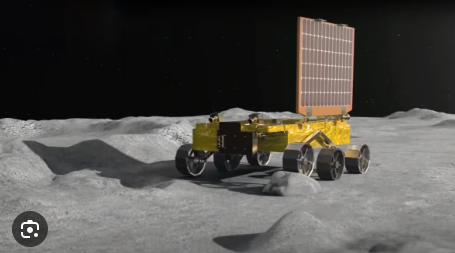NEW DELHI, Aug 29: The first-ever on-site measurements of the south polar region have confirmed the presence of sulphur and oxygen on Moon, the Indian Space Research Organisation (ISRO) said on Tuesday.
The measurements were made by the Laser-Induced Breakdown Spectroscopy (LIBS) instrument on-board Chandrayaan-3’s rover, Pragyan. The space agency said the in-situ measurements confirmed the presence of sulphur in the region “unambiguously”, which was not feasible using the instruments onboard the orbiters. The presence of oxygen, calcium and iron has also been detected and the hunt for hydrogen is underway, it said.
“Preliminary analyses, graphically represented, have unveiled the presence of Aluminium (Al), Sulphur (S), Calcium (Ca), Iron (Fe), Chromium (Cr), and Titanium (Ti) on the lunar surface. Further measurements have revealed the presence of manganese (Mn), silicon (Si), and oxygen (O). Thorough investigation regarding the presence of Hydrogen is underway,” an ISRO statement said.
LIBS conducted measurements of the elemental composition of the lunar surface. It conducted the analysis by exposing the materials to intense laser pulses. The agency had said on Monday that the rover had been rerouted safely after encountering a four-meter crater on the lunar surface. The crater had been spotted three metres from the edge.
India had created history on August 23 by becoming the first country to achieve a soft landing near the south pole of the moon. It had also joined an elite club of countries – Russia, the US and China – to have successfully landed on the lunar surface. ISRO’s success came within three days after Russia’s Luna-25 spacecraft had crashed on the moon’s surface following an engine failure. Russia was also aiming to land near the lunar south pole.
(Manas Dasgupta)

